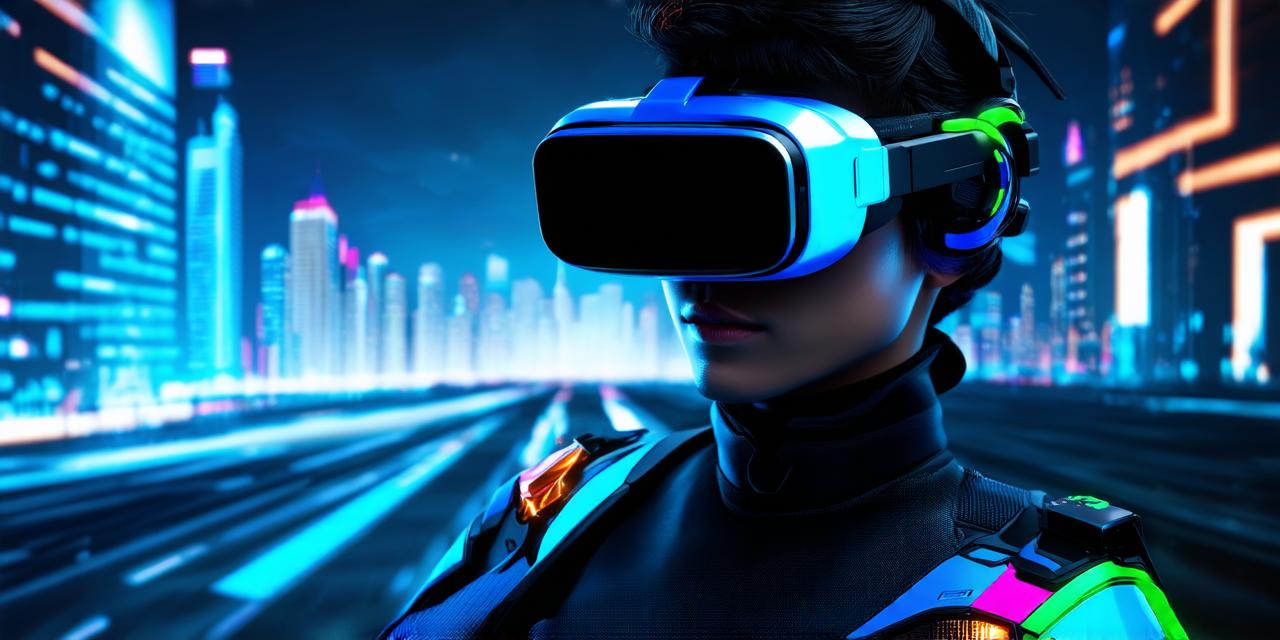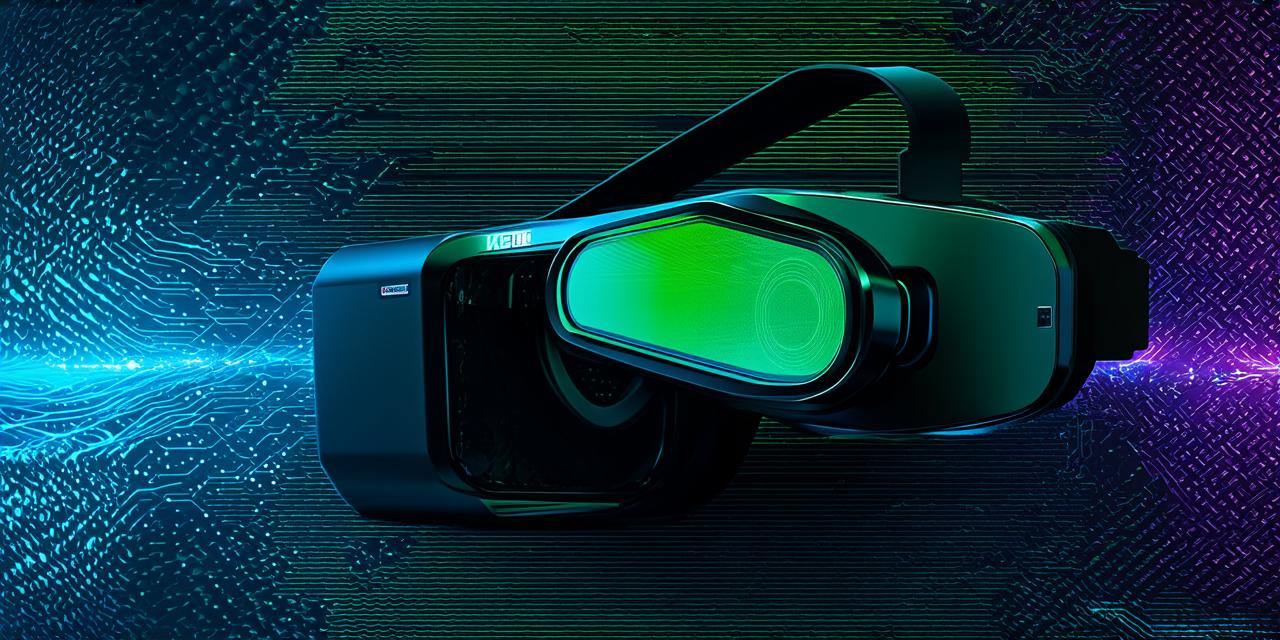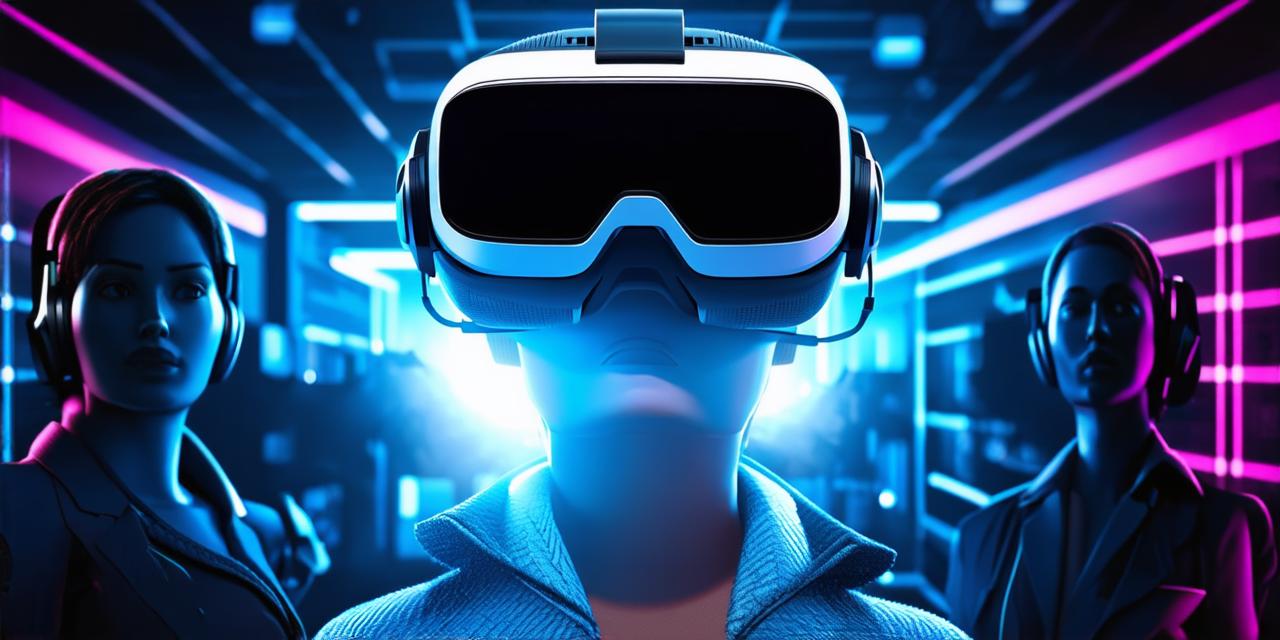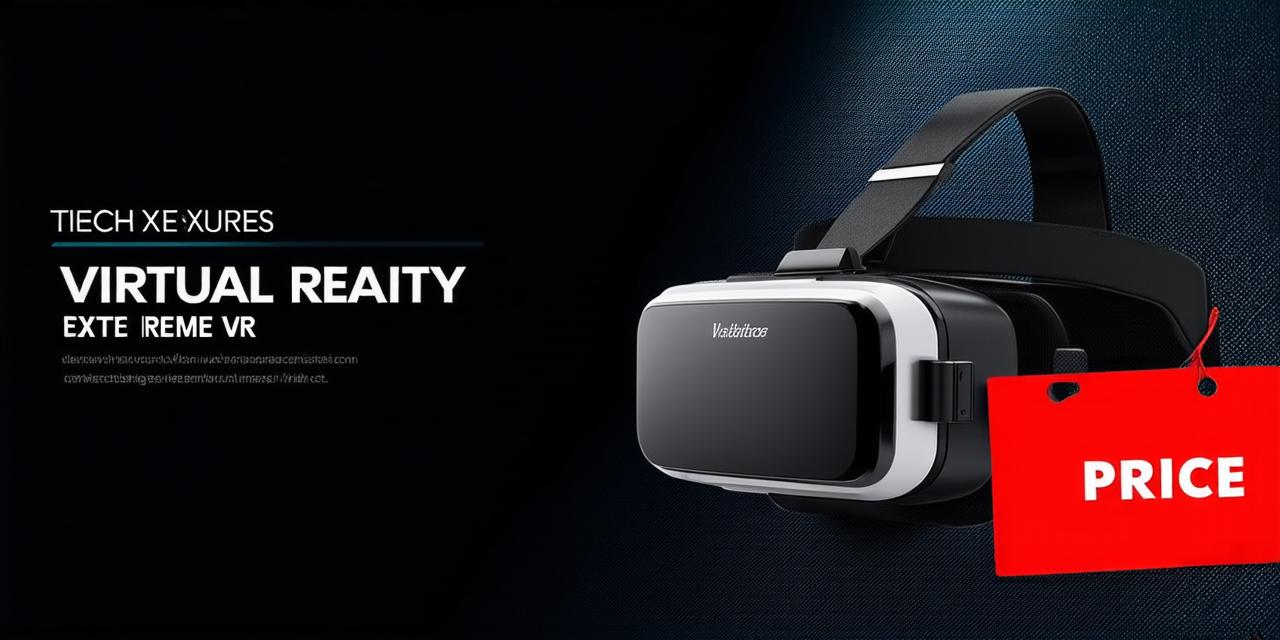In recent years, virtual reality (VR) technology has become increasingly popular and widespread. From gaming to healthcare, VR is being used in a variety of industries to create immersive experiences that can be difficult or impossible to replicate in the real world.
What Is Virtual Reality?
Virtual reality is a computer-generated simulation that creates an immersive experience for the user. It uses sensors and other technologies to track the movements of the user’s body and translate those movements into a 3D virtual environment. The goal of VR is to create a sense of presence in the virtual world, making the user feel as if they are truly in that world.
How Does Virtual Reality Work?
Virtual reality works through a combination of hardware and software technologies. At its core, VR consists of three main components: the headset, the tracking system, and the computer.
The headset is worn by the user and typically consists of a display screen that tracks the user’s movements using sensors. The tracking system uses infrared cameras and other technologies to track the movement of the headset and translate those movements into the virtual environment. Finally, the computer generates the 3D graphics and processes the data from the tracking system to create a seamless and immersive experience for the user.
Applications of Virtual Reality
Virtual reality has a wide range of potential applications across various industries. In gaming, VR provides players with an unprecedented level of immersion and interaction with the game world. For example, players can explore and interact with virtual environments in ways that were previously not possible.
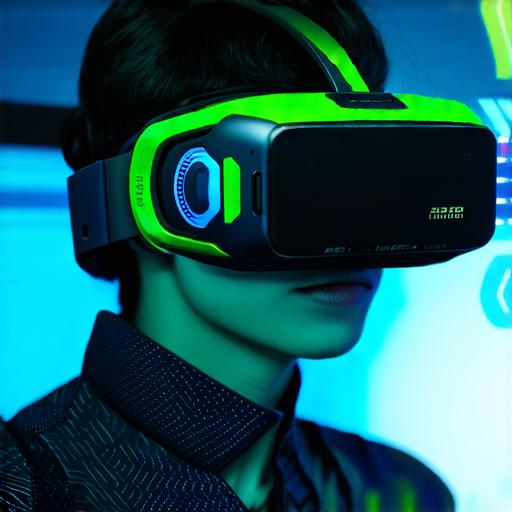
In healthcare, VR is being used for training medical professionals and for treating a variety of conditions. For example, surgeons can practice complex procedures in a virtual environment before performing them on real patients, while patients can use VR to manage pain and anxiety during treatments.
Virtual reality is also being used in education, where it provides students with immersive learning experiences that can help them better understand complex concepts. For example, students can explore the solar system or visit ancient civilizations in a virtual environment.
Summary
In conclusion, virtual reality is an exciting and rapidly evolving technology that has the potential to transform the way we experience and interact with the world around us. By creating immersive simulations that replicate real-world environments, VR provides users with unique opportunities for learning, exploration, and entertainment. As the technology continues to advance, we can expect to see even more creative and innovative applications of virtual reality in the future.
